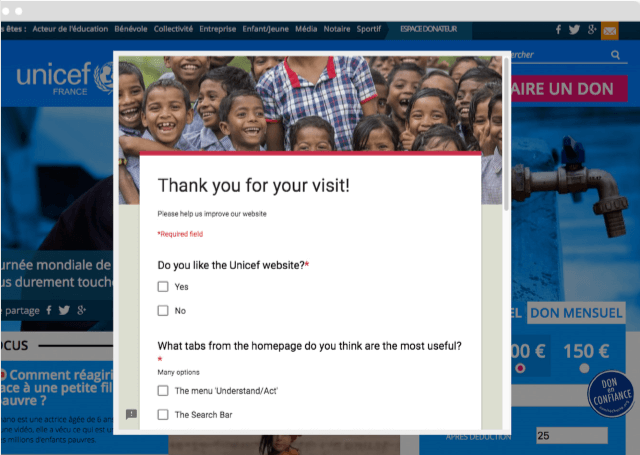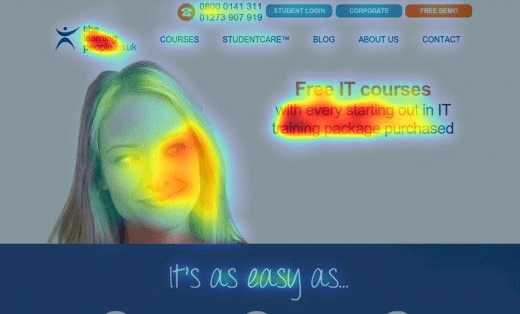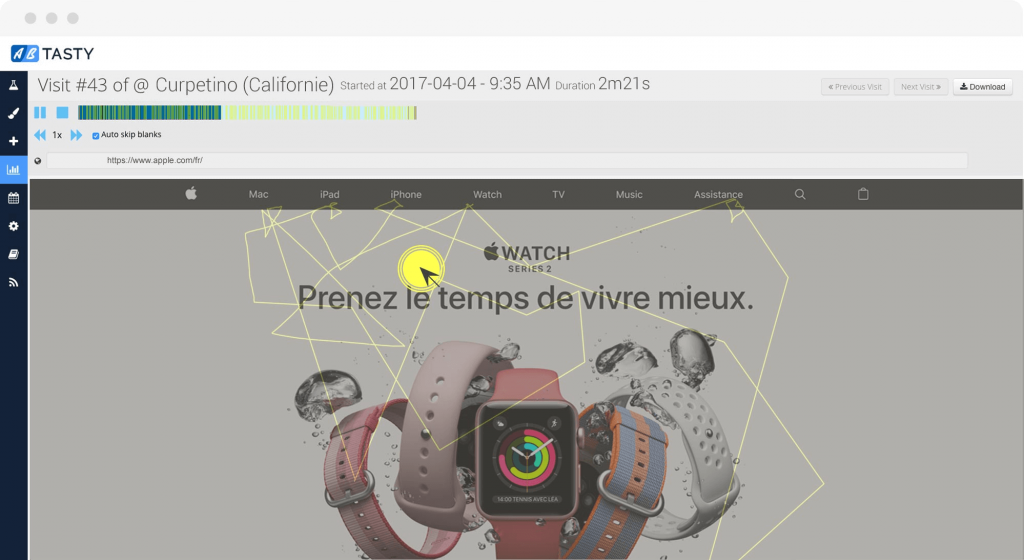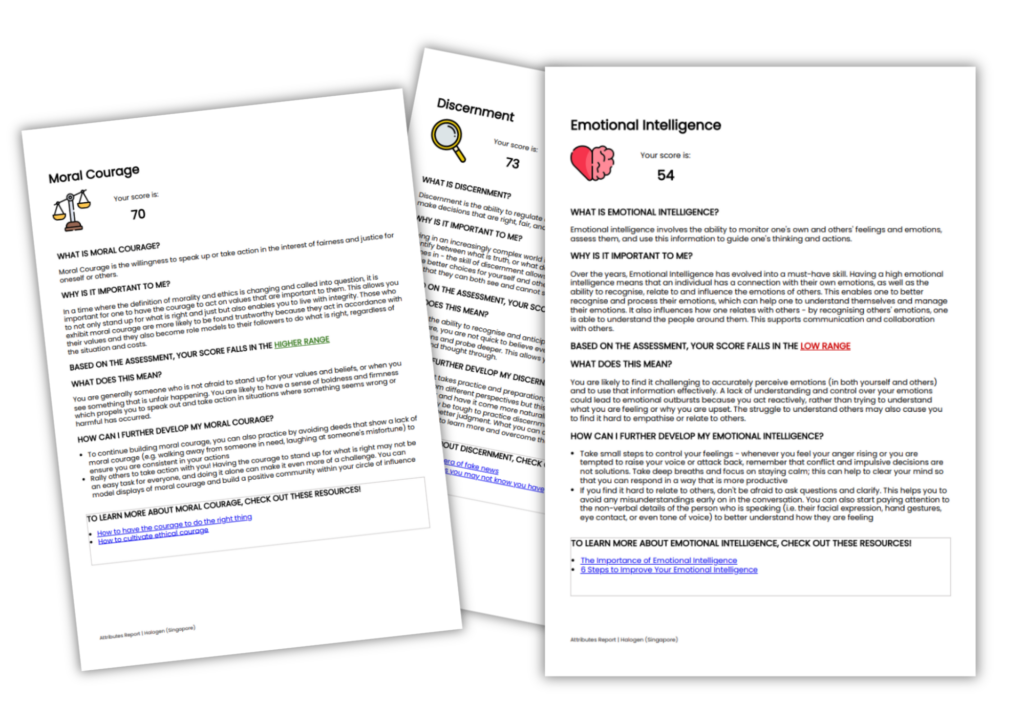I was speaking recently at a conference with well-known consumer psychologist Bart Schutz. When asked about making assumptions in the context of conversion rate optimization, his face lit up with energy:
“Assuming is one of our biggest enemies.”
He continued: “What my company [Online Dialogue] brings when they bring a culture of validation into the whole organization, is that we’re fighting against assumptions. We have instant assumptions about why a test result was that typical result. I see a lot of other speakers at conferences giving examples where I go, ‘there are ten, maybe a hundred other reasons why you could have had this test result.’
So the complexity of humanity actually requires you to be more humble about what you actually know. We know the result, whether you should push it live or not, but you never know the reason, we only have assumptions on that, and assumptions are good for new hypotheses, new testing directions, but any assumption that isn’t validated is just an opinion.”
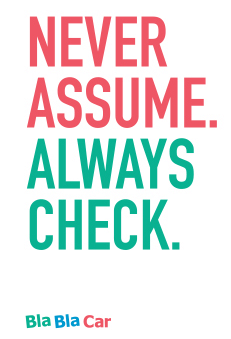
Yes, indeed. Making assumptions is frustrating in most contexts. But they can be especially counterproductive when it comes to conversion rate optimization.
‘Conversion rate optimization,’ if you don’t already know, is the systematic process of increasing the percentage of website visitors who take a desired action — be that filling out a form, becoming customers, or otherwise (thank you, Moz, for the great definition). As they elaborate, ‘the CRO process involves understanding how users move through your site, what actions they take, and what’s stopping them from completing your goals.’
It’s this ‘understanding’ part that often leads to erroneous assumptions. And this is why it’s absolutely essential in CRO to implement surveys and collect user feedback. We’ll explain why below.
First step of CRO: Get to know your audience
Let’s dig into this a bit more. CRO is a discipline that’s focused on the end user; someone making a purchase on an e-commerce site, subscribing to a digital magazine or searching for a cheap flight on Google Flights for their next vacation. We’re all ‘end users’ every single day, so we know what it feels like to navigate through a poorly designed site, or feel frustrated during the checkout process.
However, this doesn’t mean CRO professionals should assume they know their customers’ pain points, or how they experience the user journey. Just as Bart explains, assumptions (and personal experience) are a good place to mine for optimization ideas – but they should never be elevated right away to a definitive conclusion.
Instead, CRO professionals should go straight to the source: the actual end user, the website’s audience.
A healthy CRO process should look something like this:
Step one is, therefore: Get to know your audience.
Tools for user feedback & getting to know your audience
Surveys
One great way to get to know your audience through qualitative data is a survey. Online surveys can go from simple multiple choice or yes/no answers to short or long form formats. Surveys are a good choice when you’re looking for in-depth explanations, to really let your audience express themselves and show you what’s on their mind. It may take longer to analyze and synthesize than a simple NPS or heat map (more on that below), but you’re sure to get richer, more sophisticated data.
UNICEF France, for example, implemented an online survey to ask their visitors what they thought of their existing website; where did they go, what did they think was missing, what did they like, etc. The digital team then used this precious feedback to inform their website redesign efforts, to help create a site that would increase conversions, i.e. donations.
NPS
Sometimes, businesses are interested in a more focused type of survey designed specifically to reflect customers’ satisfaction with a brand. These surveys lead the respondent to give the company a ‘Net Promoter Score,’ typically referred to as an NPS.
The classic NPS survey template asks website visitors, ‘On a scale of zero to 10, with 10 being highest, what’s the likelihood that you would recommend us (our company) to a friend or colleague?’ Those who choose 9 or 10 are deemed ‘promoters’ of the brand, those who score 7 or 8 are ‘passive’ when it comes to the brand, and anyone below a 7 is considered to be a detractor – someone who is not too happy with their customer experience.

The final Net Promoter Score is calculated by subtracting the percentage of detractors from the percentage of promoters. This metric gives companies a barometer with which to measure progress or slippage in terms of customer satisfaction. Brands can personalize the NPS survey to suit their needs, (often by asking respondents why they chose the score they did), but the advantages stay the same: a quick and easy, measurable poll that allows you to ‘take the temperature’ of your website audience.
In the context of CRO, companies can gear questions in the NPS survey to conversion related issues:
- How easy do you find our site to navigate?
- Have you ever used one of our promo codes?
- Why did you choose this score?
Client feedback events
If you’re willing to invest the resources into making it happen, and you want to go to the next level in terms of the richness of the user feedback collected, you can always organize a client event dedicated to doing just that.
We did it at AB Tasty with our ‘VIP Days.’ Essentially, we chose a handful of strategic clients from a representative variety of verticals to join us and share their experience with our product. We kept the event focused by breaking up attendees into groups and organizing workshops and one-to-one interviews, lead by our Customer Success team. We hosted it in the morning and provided a nice breakfast and networking opportunities for attendees, in the hopes of decreasing no-show and making the idea of the event more alluring.
Not only do these kinds of events help strengthen client loyalty (and maybe even facilitate upsell and cross-sell), they are the source of some of the richest, most detailed, and relevant user feedback about your site or product. Insights gathered at these kinds of events can be used to help develop a product roadmap, but also address all sorts of CRO issues.
Depending on your offer, needs, and resources, organizing some type of user feedback focused event – even a virtual one, such as a webinar – could be a great way to hit two, or even three or four, birds with one stone.
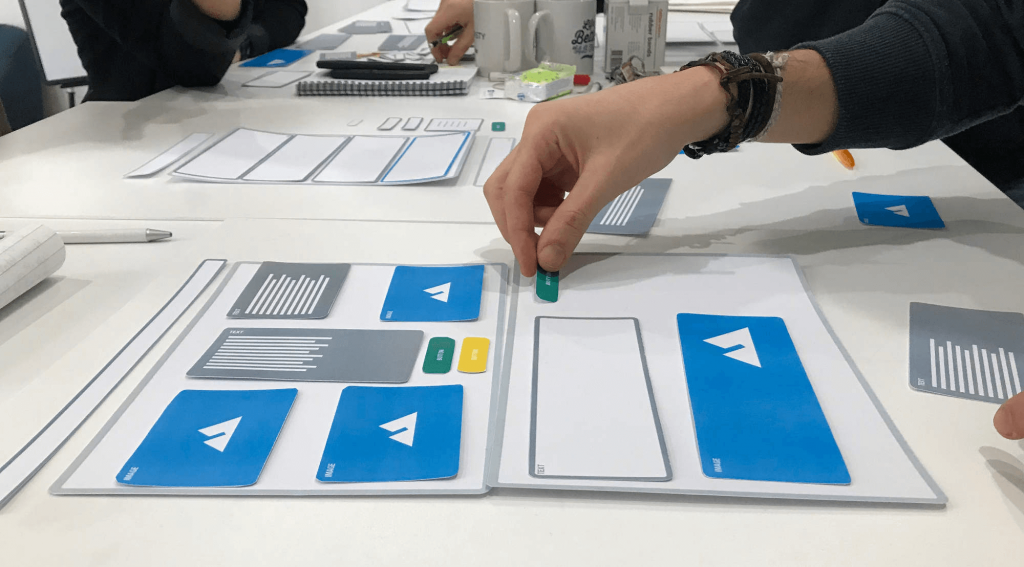
A snapshot of the AB Tasty VIP Day. Keeping the event focused on the goal – collecting relevant user feedback – is crucial, and setting up structured workshops can help immensely with this.
Heat maps
Sometimes, it’s more useful to collect data by looking directly at actions instead of asking the user to explain or recount those actions. Writing up a survey to ask e-commerce visitors what buttons they clicked on probably won’t work out too well. For this kind of data, heat maps can be extremely useful.
Basically, heat maps measure the engagement, actions and attention of a website visitor. The data is aggregated and displayed visually, making it easier to interpret. They help CRO professionals uncover points of friction on a website (ex: an overly complex check out process), important, overlooked areas (forms that are routinely ignored), or areas of high engagement (content that attracts the most attention).
This data can lead to important user insights, that then feed into the optimization cycle outlined above.
Session recording
Session recording is a similar tactic used to measure engagement with a website. Since session recording involves (anonymously) recording the trajectory a website visitor takes through a site, CRO professionals can watch the entire user journey, just as it took place. As with heat maps, the idea is to uncover user insights, and session recording can sometimes flesh out aspects of the customer experience not immediately apparent with heat maps.
Takeaway
In the end, whether you opt for surveys, heat maps, session recording or any number of other ways to gather user feedback, the important thing is to get to know your audience, and never assume you know their pain points or expectations. Conversion rate optimization relies on insightful test ideas that actually reflect an end user’s experience.
Getting right to the source to find these insights is the only way to make sure your CRO program starts off on the right track.


